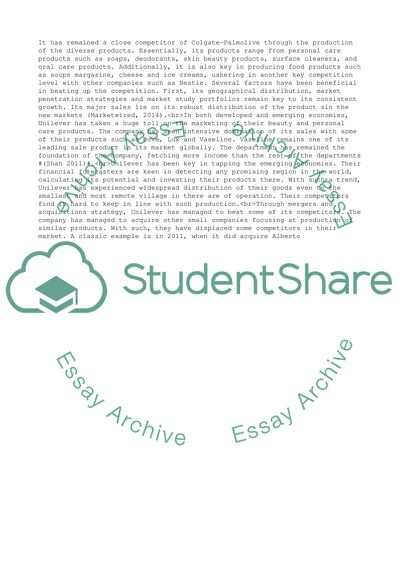Cite this document
(Strategy evaluation Essay Example | Topics and Well Written Essays - 2000 words, n.d.)
Strategy evaluation Essay Example | Topics and Well Written Essays - 2000 words. https://studentshare.org/business/1850838-strategy-evaluation
Strategy evaluation Essay Example | Topics and Well Written Essays - 2000 words. https://studentshare.org/business/1850838-strategy-evaluation
(Strategy Evaluation Essay Example | Topics and Well Written Essays - 2000 Words)
Strategy Evaluation Essay Example | Topics and Well Written Essays - 2000 Words. https://studentshare.org/business/1850838-strategy-evaluation.
Strategy Evaluation Essay Example | Topics and Well Written Essays - 2000 Words. https://studentshare.org/business/1850838-strategy-evaluation.
“Strategy Evaluation Essay Example | Topics and Well Written Essays - 2000 Words”. https://studentshare.org/business/1850838-strategy-evaluation.


